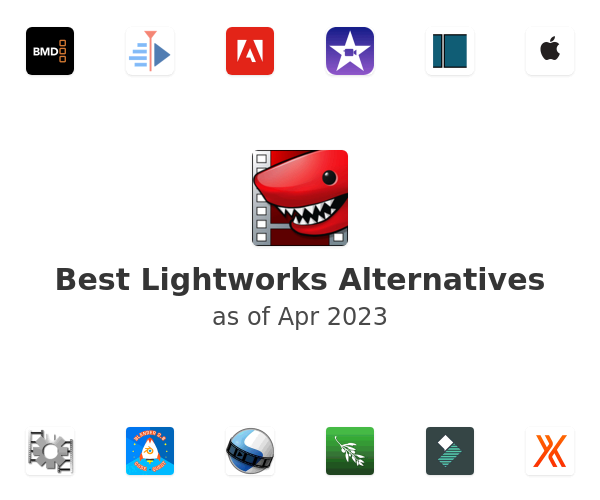

You can’t access these except for on this main screen, so if you want to change something that affects the entire interface, the entire program, this is where you have to come to do that. This is where you’ll find your master program settings (shown on the right in Figure 2). Here you choose a project and adjust master program settings. Figure 2 (below) shows just the one test project that I’ve worked on.įigure 2. The opening screen for Lightworks is a Project Browser with a series of project choices. In the walkthrough video that accompanies this review, you’ll see how I use it during the edit. That said, the time I invested in using this for a few weeks really paid off in getting me a lot more speed with my edits. If, like me, you’re accustomed to using a trackpad or mouse plus your keyboard to edit, it takes a learning curve to get familiar with an interface like this and get used to using your hands in a different way. There are a lot of things to like about having a dedicated hardware interface for editing. Finally, you have large buttons for forward play, reverse play, stop and record. You have predefined buttons, as well as user-definable buttons for which you can customize exactly what function they perform. The Lightworks control panel ( Figure 1, below) is designed specifically for use with this NLE, so if you’re familiar with something like a ShuttlePRO-or for really old-school editors, the Steenbeck-then this interface will look pretty familiar to you.

Control Panelįirst, let’s take a look at the unique hardware that you can use with Lightworks.
#Lightworks vs davinci resolve software#
One of the standout features for this software is actually hardware.

and it was originally developed to help Steenbeck film editors be comfortable with the nonlinear, digital editing process. Lightworks has been around since the 1990s.
#Lightworks vs davinci resolve pro#
In this review of EditShare’s Lightworks, I’ll continue my series on alternative NLEs from the perspective of a Premiere Pro editor.


 0 kommentar(er)
0 kommentar(er)
